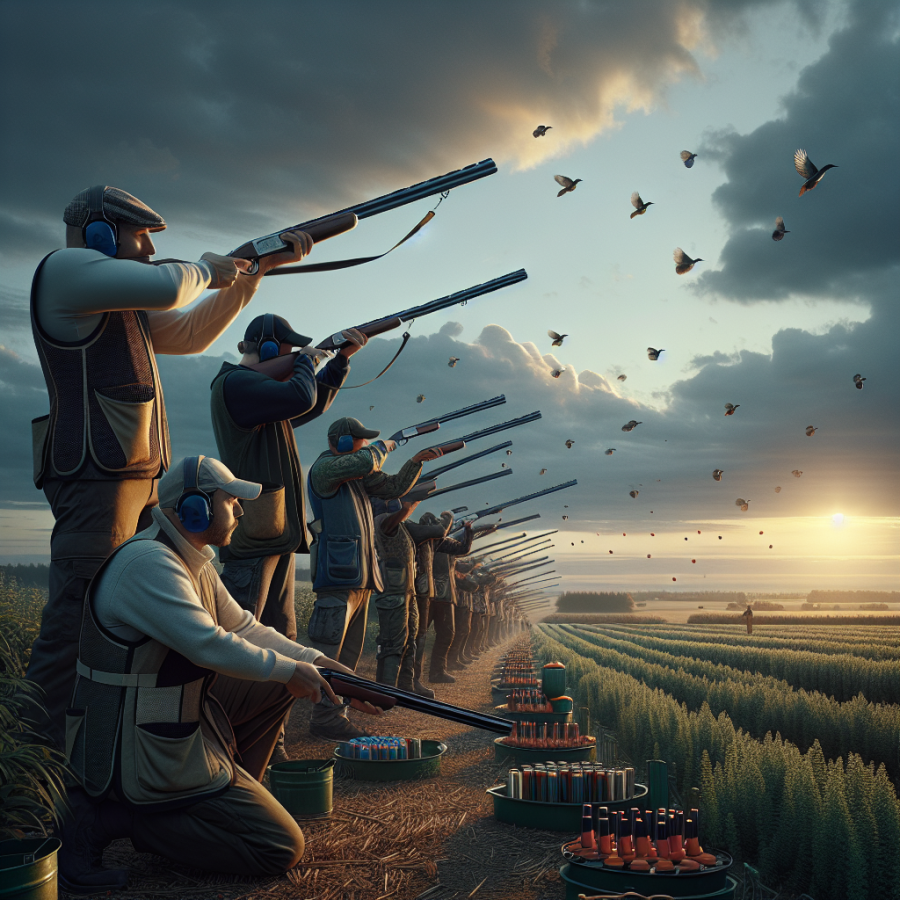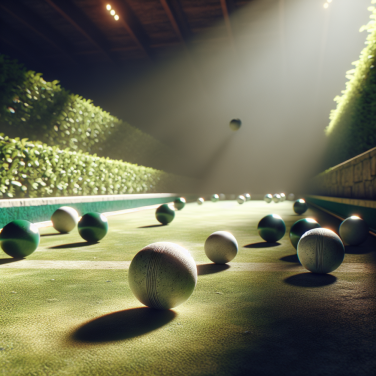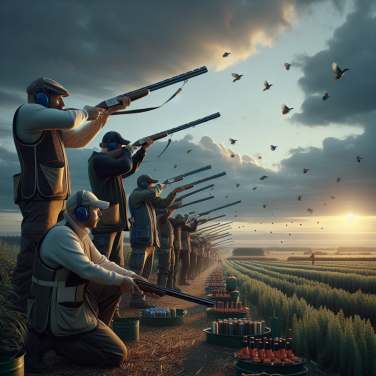Enhancing Your Field Photography Skills: Essential Techniques for Capturing the Outdoors
Field photography is a dynamic and immersive way to capture the essence of the outdoors. For those looking to hone their skills in this area, there are several essential techniques that can significantly improve the quality and impact of your images. By mastering the art of field photography, you can transform mundane scenes into extraordinary glimpses of the natural world.
**Understanding Light and Timing:** Light plays a critical role in photography, especially in the field. The golden hours — shortly after sunrise or before sunset — offer soft, diffused light that can add a magical quality to your photos. Conversely, the harsh midday light can create unwanted shadows and overexposed spots. Experiment with shooting during different times of the day to understand how light interacts with your subject.
**Composition and Perspective:** The rule of thirds is a fundamental concept where you mentally divide the frame into a grid and place the main subject off-center to create a more natural composition. Don’t hesitate to crouch, lie down, or find a higher viewpoint to add variety to your perspectives. Look for leading lines, patterns, and natural frames to create a compelling composition.
**Focusing Techniques:** The focus is critical in capturing the detail of your subject. Use autofocus to quickly snap sharp images, but don’t shy away from manual focus when dealing with challenging conditions or when you require more control. In crowded scenes, selectively focusing on your subject can help it stand out from a potentially cluttered background.
**Controlling Depth of Field:** By adjusting the aperture, you can control the depth of field in your images, which is the range of distance that appears sharp. A wider aperture (smaller f-number) will isolate your subject by creating a shallow depth of field, while a smaller aperture (higher f-number) will bring more of the scene into focus. This technique is essential for both landscape shots and macro photography in the field.
**Equipment and Gear:** While a good camera can make a difference, don’t overlook the importance of lenses, tripods, and filters. A wide-angle lens can capture expansive landscapes, while a telephoto lens is ideal for wildlife and distant scenes. A sturdy tripod is invaluable for long exposures and to increase sharpness in low light conditions. Filters such as polarizers and neutral density filters can help control light and enhance colors.
**Mastering Exposure:** Learn to manipulate the ISO, shutter speed, and aperture to get the perfect exposure.
Read also:
Mastering the Art of Bocce: A Guide to Lawn Bowling Mastery
Field Photography Expertise: Tips for Taking Stunning Nature Shots
Perfecting your craft in field photography requires you not only to have a good eye for composition but also a solid understanding of the technical skills and practical wisdom needed to capture nature’s raw beauty effectively. Nature doesn’t pose for us; it's up to the photographer to frame it in its best light, quite literally. Here are some expert tips to help you take stunning nature shots.
**Understanding Natural Light:** The golden hours – shortly after sunrise and before sunset – offer warm, diffused light that can dramatically enhance your photos. During these times, the low angle of the sun casts long, intriguing shadows and gives subjects a pleasing glow. However, don’t shy away from the harsh midday sun or overcast days; these conditions also offer unique opportunities. Side lighting can accentuate texture, while diffused light on cloudy days can minimize harsh shadows and bring out vibrant colors.
**Patience and Persistence:** Nature photography is as much about waiting as it is about shooting. Sometimes, capturing that perfect moment means hours or even days of waiting for the right conditions. Be prepared to visit the same location multiple times or waiting for wildlife to appear. Patience will often reward you with those rare, breathtaking scenes.
**Research Your Location:** Understanding the ecosystem you’re shooting in can greatly enhance your photographs. Knowing when certain flowers bloom, what wildlife may be present, or the patterns of the tides can help you anticipate moments others might miss. This could involve studying maps, reading about the local flora and fauna, or even talking with locals or experts in the area.
**Respect Your Subject:** When you’re photographing wildlife, it's vital to respect their space and wellbeing. Use long lenses to keep a good distance, and avoid any actions that might stress or disturb the animals. Remember that their comfort comes before your shot. When photographing plants or landscapes, endeavor to leave no trace of your presence.
**Focus on Composition:** Rule of thirds, leading lines, framing – basic compositional principles are key to creating captivating images. Look for patterns in nature that can lead the viewer's eye through the photograph. Pay attention to the foreground, midground, and background layers; each should contribute to the overall image.
**Camera Settings and Gear:** Shooting in manual mode gives you full control over ISO, aperture, and shutter speed, which is essential in changing natural light conditions. Using a tripod can drastically improve image sharpness, especially in low-light situations.




